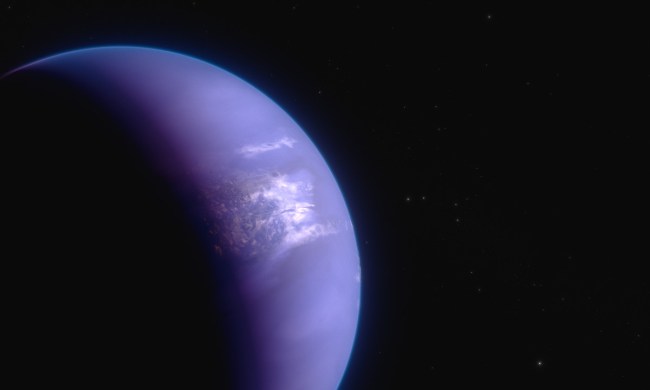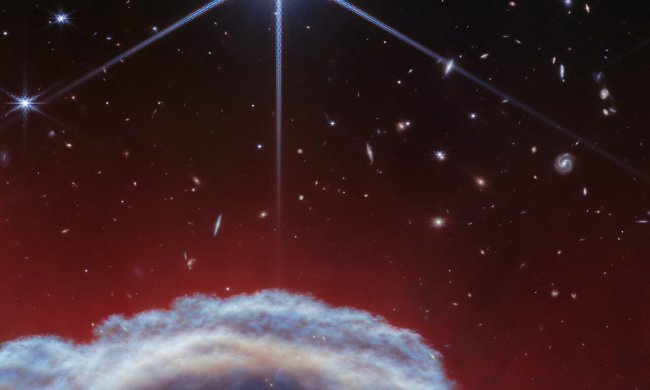The James Webb firsts keep coming, with the new space telescope having recently spotted what could be the most distant galaxy ever observed. Now, it may have spotted its first supernova.

As reported by Inverse, researchers using Webb believe they have observed a supernova using the NIRCam instrument. They compared the Webb data to data collected using Hubble and found a bright object which could be a star that has just gone supernova.
A supernova occurs when a massive star runs out of fuel and comes to the end of its life. As the star collapses, it throws off much of its material in an enormous explosion which gives out large amounts of light. This light is so bright it can be spotted from great distances away. Webb spotted one such bright flash in the galaxy SDSS.J141930.11+5251593. The telescope made two observations of the galaxy five days apart, and in the second observation, the flash was less bright, suggesting it is dimming over time.
“We would need more time series data to make a determination, but the data we do have does match that of a supernova, so it’s a very good candidate,” lead author Mike Engesser of the Space Telescope Science Institute said to Inverse.
This finding is rather surprising, even with Webb’s extreme sensitivity. Because supernovae are transient events, meaning they don’t last for long, you have to get lucky to observe one when it happens. Although technically, the supernova happened billions of years ago, we are only just seeing it now because it takes time for the light to travel to us from the distant galaxy.
Webb wasn’t designed to detect supernovae, but researchers are making the most of the data collected so far and are finding surprising uses for it. The advantage of looking at this kind of target with Webb is that it will be able to observe the area around the supernova to see its effects and the aftermath of such a large explosion.
Understanding more about supernovae is important not only for understanding the life cycles of stars, but also for measuring the expansion of the universe. A class of supernovae called Type 1a are used as “mile markers” for measuring distances because they have consistent levels of brightness and can be seen from great distances.



